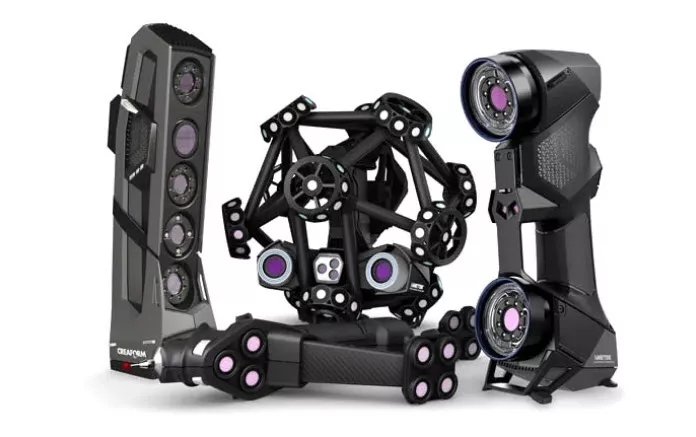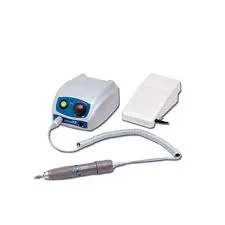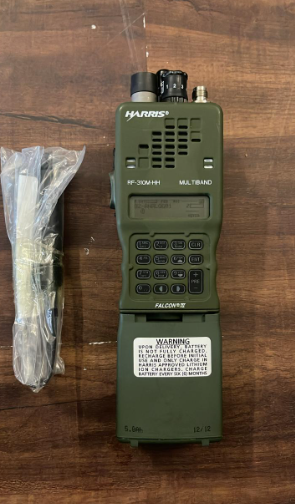In the ever-changing technological landscape, the combination of mobility and 3D scanning has given rise to a revolutionary concept – Mobile 3D Scanning Services. These mobile, adaptable devices have overcome the limitations of traditional scanning methods, providing unprecedented flexibility and efficiency. In this article, we delve into the world of Mobile 3D Scanning Services and explore the myriad ways they are reshaping industries and driving innovation.
1. Portable Precision
The portability of mobile 3D scanning services is one of their key advantages. Traditional 3D scanners are typically large, stationary devices that are restricted to specific environments. Mobile scanners, on the other hand, can be taken anywhere and capture real-world objects and environments with remarkable accuracy. Architects, engineers, and designers can now scan structures, landscapes, and objects in their natural environments. This portability allows professionals to explore creative ideas without the constraints of a fixed scanning location, opening up new avenues for innovation.
2. Efficient Data Capture
Mobile 3D scanning services excel in capturing vast amounts of data swiftly and accurately. With advanced laser or structured light technology, these devices can scan intricate details of objects or environments in a matter of minutes. This efficiency is particularly valuable in industries such as manufacturing and construction, where swift and accurate data capture is crucial for decision-making processes. Real-time data acquisition also streamlines workflows, enhancing productivity and project timelines.
3. Augmented Reality and Virtual Reality
Immersive experiences have been made possible by the combination of mobile 3D scanning services and augmented reality (AR) or virtual reality (VR) technologies. Developers can integrate physical objects and spaces into virtual worlds or AR applications by scanning them. This integration improves user experiences by providing interactive and engaging environments in gaming, education, real estate, and retail. In the real estate industry, for example, prospective buyers can take virtual tours of properties, experiencing spaces as if they were physically present.
4. Cultural Preservation and Education
Mobile 3D scanning services play a crucial role in preserving cultural heritage and historical artifacts. Professionals in the field of archaeology and museums utilize these devices to create detailed 3D models of artifacts, sculptures, and archaeological sites. These digital replicas not only aid in research and conservation but also serve as educational tools, allowing students and enthusiasts worldwide to explore historical treasures in unprecedented detail.
5. Personalized Manufacturing and Healthcare
In the realm of personalized manufacturing and healthcare, mobile 3D scanning services have ushered in a new era. Dentists use these scanners to create precise digital models of patients’ teeth, facilitating the design and production of customized dental implants, crowns, and braces. Similarly, in the fashion industry, body scanning allows for the creation of tailored clothing, ensuring a perfect fit for customers. This customization enhances user satisfaction and significantly reduces waste associated with mass production.
Conclusion
Mobile 3D scanning services have surpassed traditional scanning methods in terms of flexibility, efficiency, and innovation. As these devices progress, they will reshape how we interact with the physical world. The applications of mobile 3D scanning services are limitless, ranging from streamlined industrial processes to immersive virtual experiences and personalized healthcare solutions. Adopting this technology not only improves efficiency but also opens up a world of creative possibilities, reshaping industries and empowering individuals to explore the realms of their imagination like never before.







